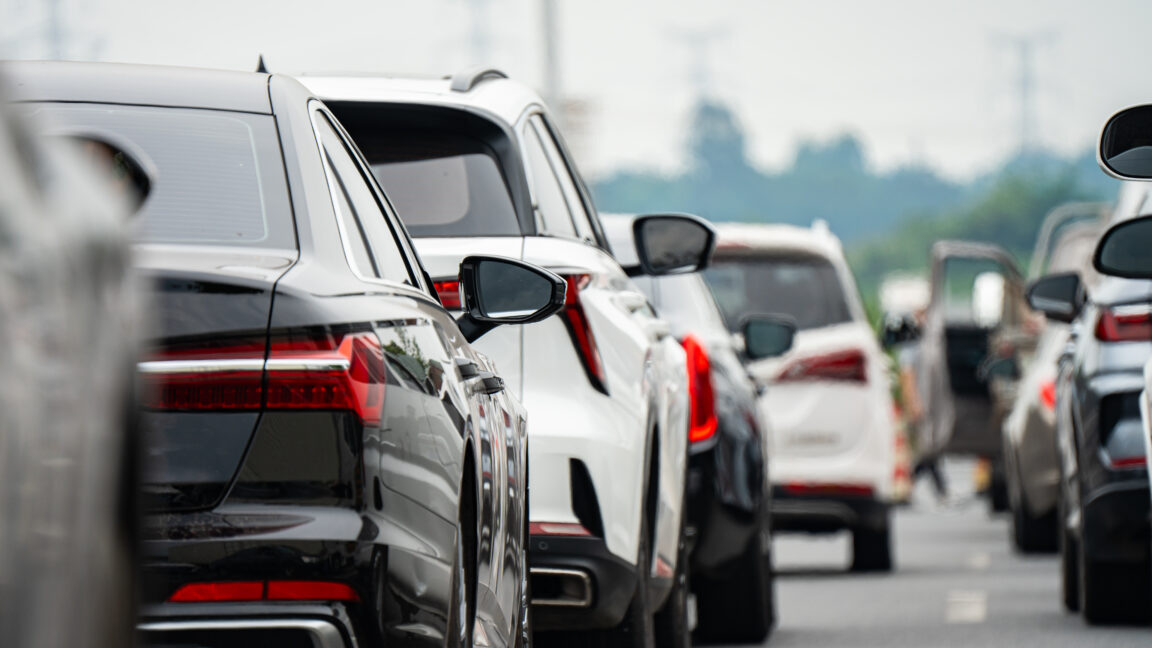Clean Transport
Recent Articles
Sort Options:

Decarbonizing The Supply Chain: Life Cycle Emissions Optimization
The article emphasizes that adopting sustainable practices in automobile manufacturing is not just an environmental imperative but also a pathway to innovative and responsible industry growth. This shift is crucial for the future of eco-friendly transportation.

Climate: Gutting Power Plant Pollution Rules—And California’s EV Plans
This week's Current Climate newsletter highlights California's electric vehicle initiatives, the global shift in cleantech investments, and ongoing lobbying efforts to preserve EV incentives, showcasing the evolving landscape of environmental policy and clean energy advancements.

GOP intensifies war against EVs and efficient cars
Republicans are intensifying efforts to dismantle clean vehicle regulations, echoing the Trump administration's stance. The proposed One Big Beautiful Bill Act aims to repeal crucial EPA emissions standards, jeopardizing environmental protections and public health.

Beyond the Harbor: Electrifying Short-Sea Routes and Hybridizing Blue-Water Shipping
Ports globally are advancing in decarbonization, with a focus on electrifying vessels for both harbor and voyage efficiency. This pivotal phase aims to enhance sustainability in shipping, as highlighted by CleanTechnica's exploration of innovative strategies.

Road Tripping To A Cleaner Future: Your Company’s Gear Could Be Part Of Our Next Big Story!
CleanTechnica explores sustainable living and electric vehicles through an exciting summer road trip. The authors invite companies to contribute innovative gear that promotes eco-friendly practices, aiming to inspire a cleaner future for all.

Senate votes to revoke California’s ability to set air pollution standards
Starting in 2026, the state will mandate a rise in sales of zero-emissions cars and passenger trucks, marking a significant step towards sustainable transportation and environmental responsibility. This initiative aims to reduce carbon emissions and promote cleaner air.

Climate: Tapping Clean Hydrogen To Make Sustainable Jet Fuel
This week's Current Climate newsletter highlights advancements in clean hydrogen for sustainable jet fuel, GM's development of cost-effective batteries for electric trucks, and the support of former DOE loan chiefs for emerging cleantech startups.

Cold Ironing Takes Hold: Ports Achieve Cleaner Air by Electrifying Ship Berths
Decarbonizing maritime operations is crucial for global sustainability. The latest phase of the strategy targets auxiliary engines at berth, promoting cold ironing to electrify ship berths and significantly reduce port emissions, as highlighted by CleanTechnica.

Polestar’s Luxury Electric SUV Has Lower Lifetime Environmental Impact Than Tiny Petrol Car
The article discusses the environmental impact of vehicles, arguing that while reducing car numbers is essential, small internal combustion engine (ICE) cars may not be cleaner than larger electric vehicles (EVs). This highlights the complexity of automotive emissions.

Powering the Future: A 30-Year Roadmap to Zero-Emission Port Operations
European ports are under pressure to cut carbon emissions in both landside and waterside operations due to climate policies and air quality issues. The authors emphasize the need for clear strategies and timelines to tackle this significant challenge effectively.

Ruh-Roh, Here Comes Yet Another Electric Truck
A five-way consortium is set to develop a Class 6 fuel cell electric truck for the North American market, targeting the decarbonization of middle-mile logistics between warehouses. This initiative highlights the growing trend in sustainable transportation solutions.

Study Shows Dramatic Drop In Pollution Following Switch To Electric Trains
A recent study highlights a significant reduction in harmful black carbon pollution following Caltrain's transition from diesel to electric trains. This shift underscores the environmental benefits of electrification in public transportation. The authors emphasize the positive impact on air quality.